A Complete Guide to Roof Integrated Solar Panels
- What are roof integrated solar panels?
- How much do integrated panels cost?
- Comparison to traditional solar panels
Getting solar panels in this day and age has never been easier or more relevant. Their benefits are well-documented and many suppliers are available on the market. Technology has improved over the years but the lesser-known brethren of traditional systems is roof integrated solar panels or in-roof panels. These are intended to replace your roof tiles and fit snugly on your roof without any additional support.
This article will go through all you need to know about these important pieces of solar technology. From what they are and how they differ from traditional (or on-roof) solar panels to their benefits, drawbacks and how much they cost, you will be well-versed in the ins and outs of roof integrated solar panels.
After integrated panels? Use our quote comparison tool to find out how much you'd pay. It only takes a minute.
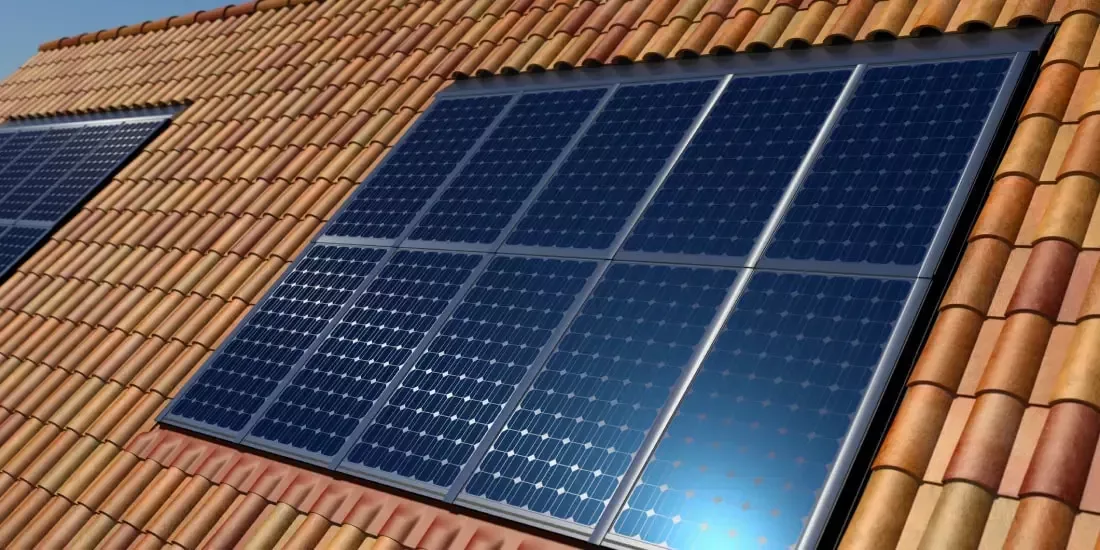
What's On This Page?
Click the links below and head straight to a specific section of the article.
What Are Roof Integrated Solar Panels?
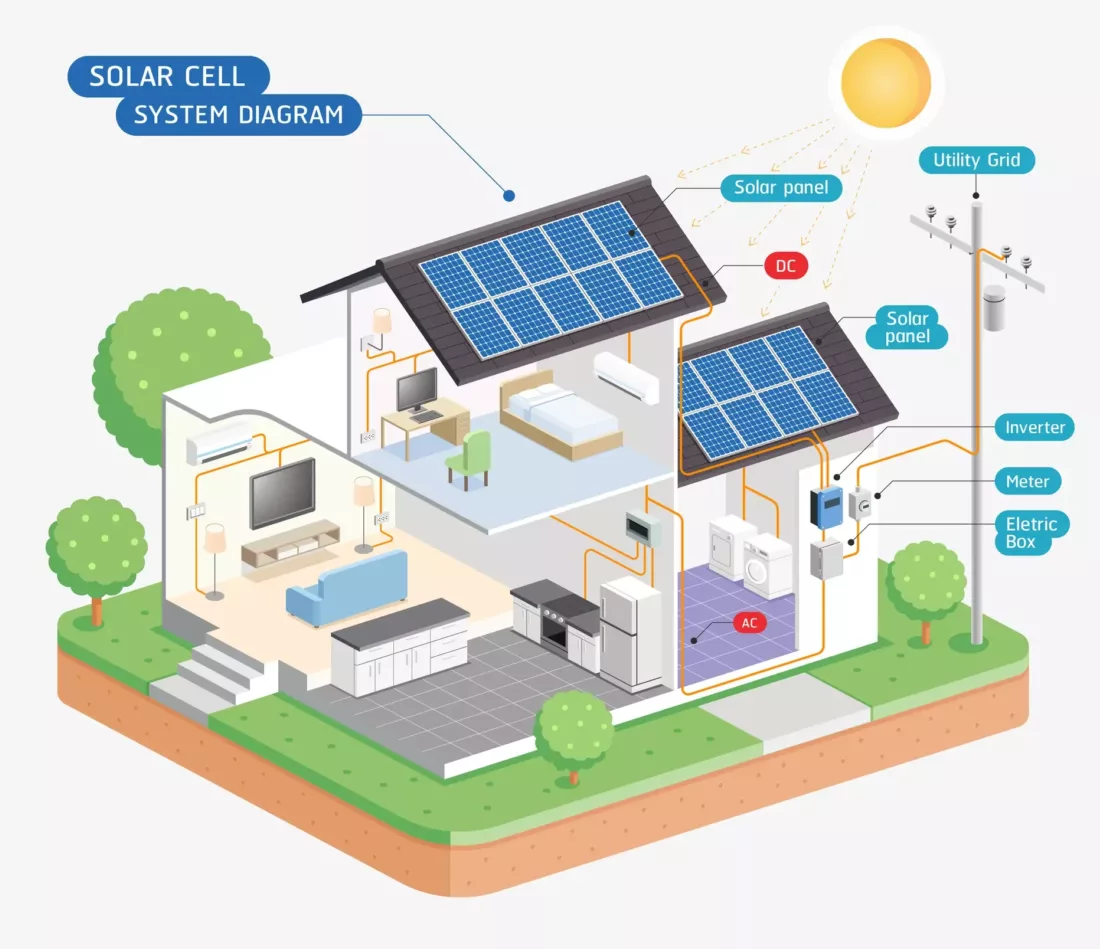
Also known as in-roof and flat roof solar panels, these are a different option for homeowners looking to go solar. They are the bridge between on-roof panels and solar roof tiles.
Unlike the most well-known panels that are in common use, roof integrated solar panels are designed to sit amongst your roof tiles. Favoured for their seamless construction, these flat roof solar panels make it less obvious that they have been fitted. As they are also waterproof, you won’t have to worry about any leaks in inclement weather.
These roof integrated solar panels work to replace some of your roof tiles, whilst also being as robust. The idea is to take away the extra cost of replacing roof tiles as well as solar panels. Any old or broken tiles will only be affected in the neighbouring spaces of these integrated panels.
In-roof solar panels should not be confused with solar roof tiles. Solar roof tiles are much more expensive than traditional solar panels and are designed to replace tiles, whereas roof integrated solar panels simply sit flush with the rest of the roof. Solar tiles are made to look like existing roof tiles, whereas in-roof solar panels still look like solar panels.
How Do In-Roof and On-Roof Solar Panels Compare?
Mounting
Traditional solar panels are fitted onto mounting brackets that are fixed between the roof tiles. The rafters do all the heavy lifting, but the fixings are hidden beneath the tiles as they are filed to be flush. The idea of using mounting brackets is to present a free flow of air behind the solar panels, cooling them down and preventing overheating. As roof integrated solar panels sit at the same level as the tiles, they do not allow for this free flow of air, which negatively impacts their efficiency.
As in-roof solar panels replace a section of roof tiles, they don’t add needless weight. They are more lightweight than their on-roof counterparts, making them a better suit for roofs that are unable to support traditional solar panels.
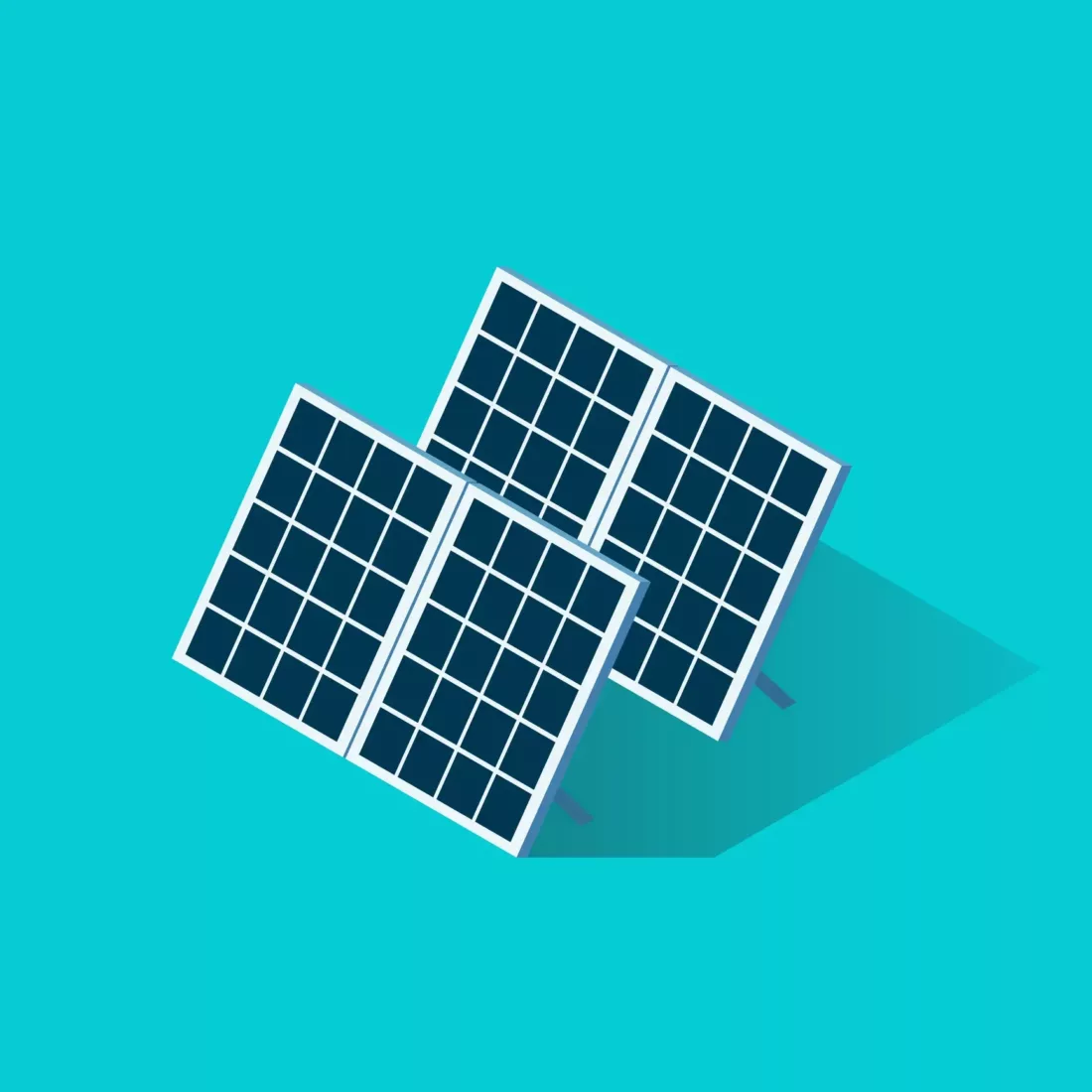
Air Ventilation
As there is no air ventilation for solar panels that are roof integrated, you expect them to not generate as much electricity. As much as 5-10% efficiency is lost with in-roof solar panels, which is a lot considering the best solar panels are generally only 27% efficient. In order to get around this, you’d have to replace most of your roof with integrated solar panels. However, even if you did, there’s no guarantee that you would be able to produce as much electricity as you’d need.
More Secure
Even though a lack of air movement can be seen as a negative, it also comes with a positive. Traditional solar panels can be damaged in excessive winds, which flex and crack the surface, reducing their electricity generation capabilities. Fine splits can be caused by these winds if they are strong enough to bend the panels, whereas roof integrated solar panels are completely impervious to this damage.
Cost
According to our 2024 Home Energy Survey, almost 80% of UK homeowners are put off from purchasing solar panels based on the price alone. With roof integrated solar panels, the price is much more affordable. If you are replacing your roof, it could work out cheaper than having an installation to take away roof tiles, as extra labour will be involved.
What Do Roof Integrated Solar Panels in the UK Cost?
Various manufacturers offer flat roof solar panels for different prices, and this also depends at what stage your roof is at. If your roof is being built, you can purchase roof integrated solar panels for as low as £100 per panel. If the roof tiles need to be removed, the panels can double to £200 each. A standard 250 watt mounted solar panel can cost you between £400 and £500, so you can essentially install double the amount of integrated panels for the same cost.
On the other hand, solar roof tiles can be as much as £7,000 for a 1kW system, on average, making them much more unaffordable. Roof integrated solar panels are also more efficient than solar roof tiles, making them the better of the two integrated options.
Naturally, there are several factors that can affect what price you’ll pay. Depending on how many tiles you have and what their power output is will be something to consider. Any labour on top of the installation will also raise the price, as scaffolding will need to be hired and existing roof tiles removed. Although more powerful roof integrated solar panels can cost around £300 each, they are still cheaper than traditional panels.
Benefits and Drawbacks of Flat Roof Solar Panels
As you might already suspect, there are both good and bad points with roof integrated solar panels. We’ve included them in the table below for an easy comparison.
In-roof solar panels are praised for their looks, durability and seamless design, but they can also be the cheaper option. On the downside, roof integrated solar panels won’t generate as much power and are not easy to retrofit. On the plus side, in-roof solar panels are less intrusive to install than solar roof tiles, so they aren’t the worst option.
Additionally, because roof integrated solar panels replace the existing roof tiles, they are lighter than traditional solar panels and don’t require as much support. This means that if you live in a building with restrictions on planning permission, it’s much more likely to be approved for these integrated solar panels. This can be the same for listed buildings as well.
One of the best options for listed buildings is solar roof tiles as these are more discreet and won’t upset the aesthetic of the building. Likewise, if there are strict planning restrictions, solar tiles might be accepted more easily. Roof integrated solar panels are another option, giving you the flexibility and freedom of choice.
Can Roof Integrated Solar Panels Be Retrofitted?
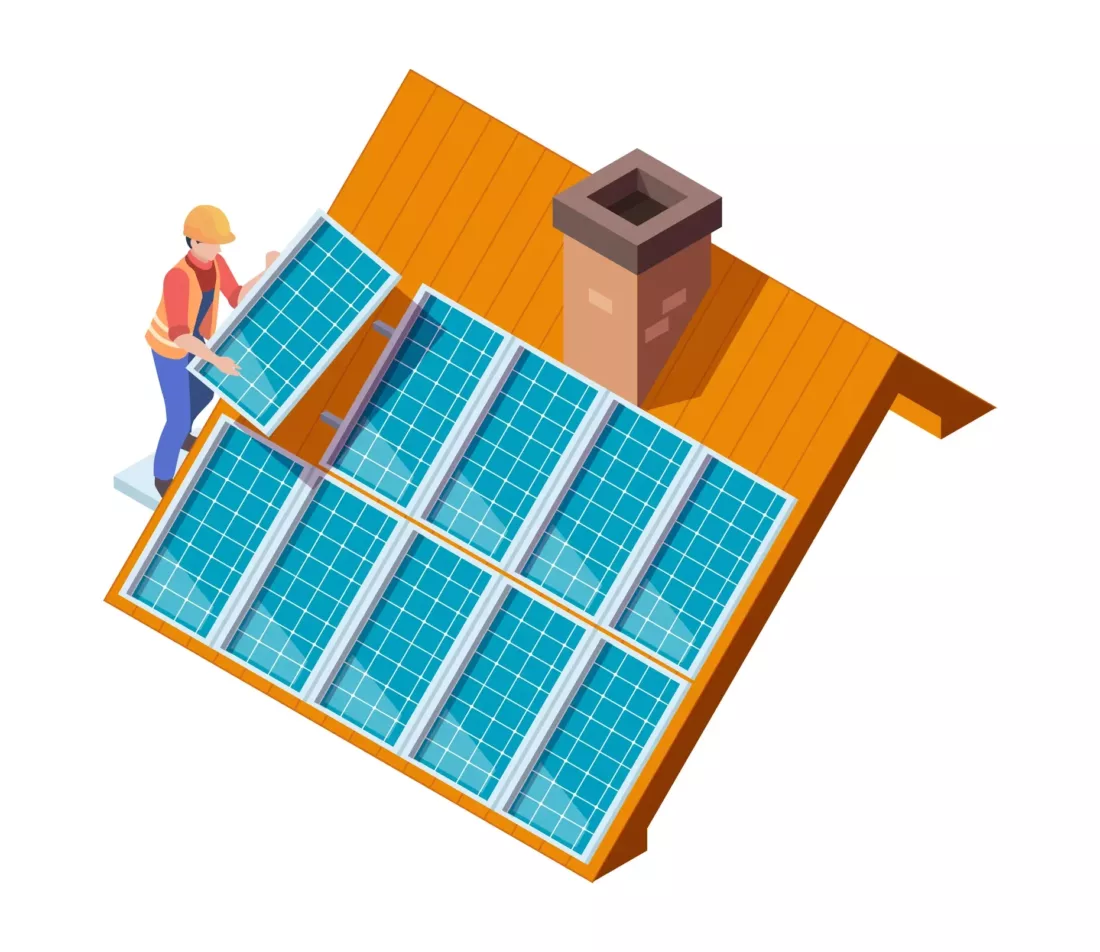
It is possible to replace your existing solar system with a fully integrated flat roof alternative, but it’s not going to be the cheapest option. Even though flat panels cost less, the old system will have to be removed and the new system wired in, which can be a complex process. Removing an existing solar array is likely to take a full day, depending on how big the system is, which is just going to cost you in labour alone.
After the current solar panels have been removed, the tiles need to be taken out to make way for the roof integrated solar panels. While no further support needs to be installed to keep the in-roof panels propped up, the panels themselves can be much lower in output, meaning your system might have to be adjusted. The panels will be checked to make sure they’re working before they are installed alongside the existing roof tiles.
The key thing here is that retrofitting in-roof panels is possible, but pricey. You can save yourself thousands in labour costs alone if you look to get roof integrated solar panels at the same time as a roof refit or refurb. If you’re looking to go solar quickly, traditional solar panels are the fastest to install, only taking between 1 and 2 days.
Which System Should I Get?
Both on-roof and in-roof systems are excellent in their own right, but it depends on what your preferences are to which system you should have installed. Older generations tend to find solar panels more unappealing to the aesthetic of a house, while younger generations find they enhance it. If you’re a fan of the seamless look of roof integrated solar panels, there’s no reason why you couldn’t have this system installed.
If you like the sleek look of in-roof solar panels but prefer it to be even less obvious you have solar panels, solar roof tiles could be a better option. You will have to be mindful of the extra price that you’ll have to pay for them though.
On the other hand, if you value power output, it might be worth installing traditional on-roof solar panels as they will be at least 5-10% more efficient. In order to generate enough electricity to cover your daily usage, better efficiencies will be needed.
Related articles
View all Solar Panel articles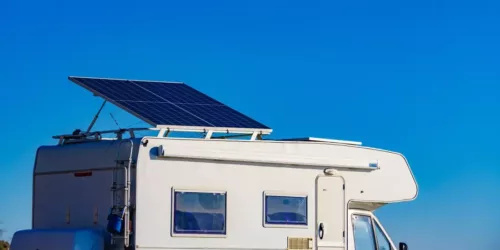
A Complete Guide to Caravan Solar Panels
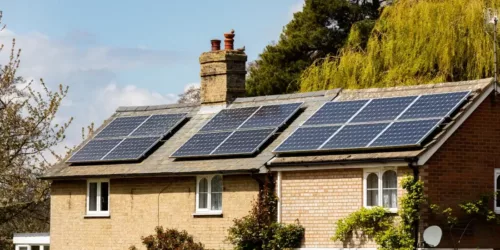
Are Solar Panels Worth It in Wales?

Project Solar UK: Company Overview
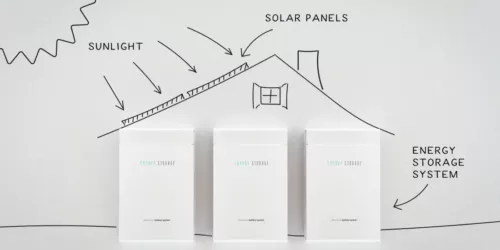
Battery Storage for Solar Panels Explained
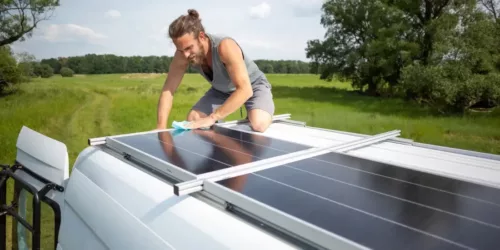
Solar Panel Kits Explained - Everything You Need to Know
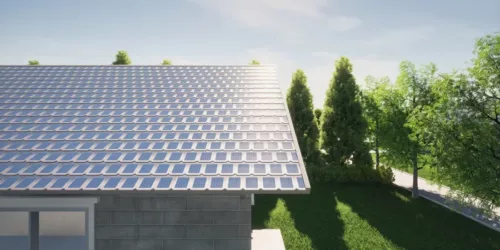
Are Solar Roofing Tiles Worth It?
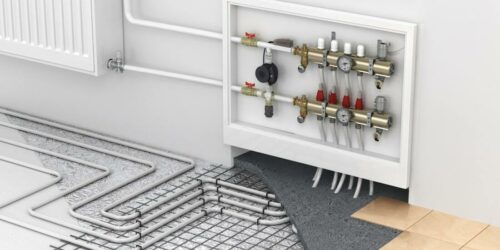
Pros and Cons of Underfloor Heating You Weren’t Aware Of







